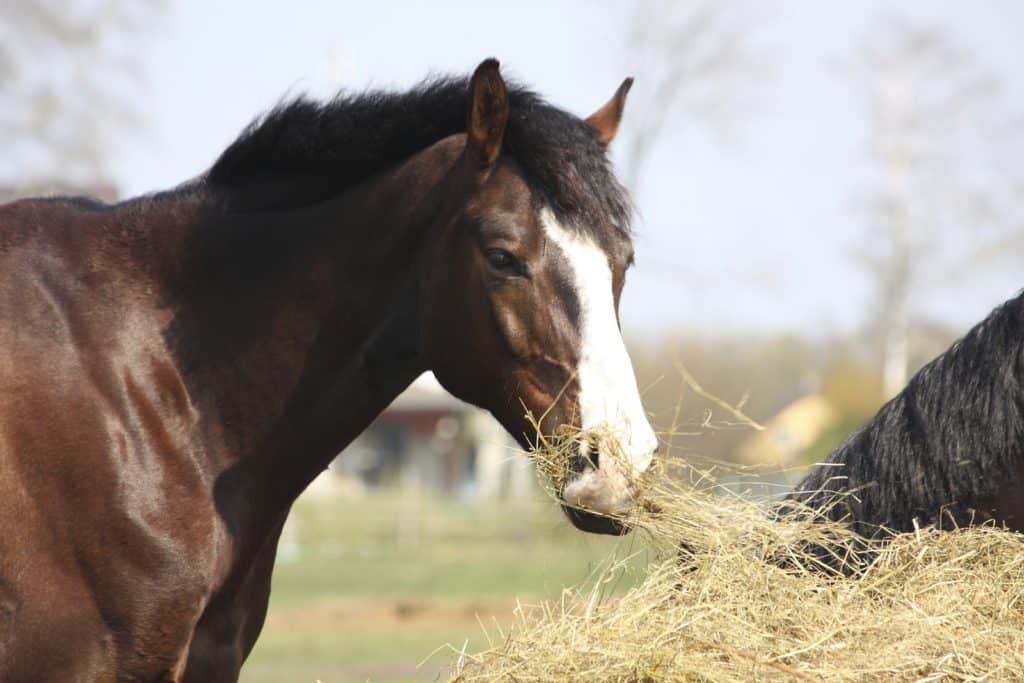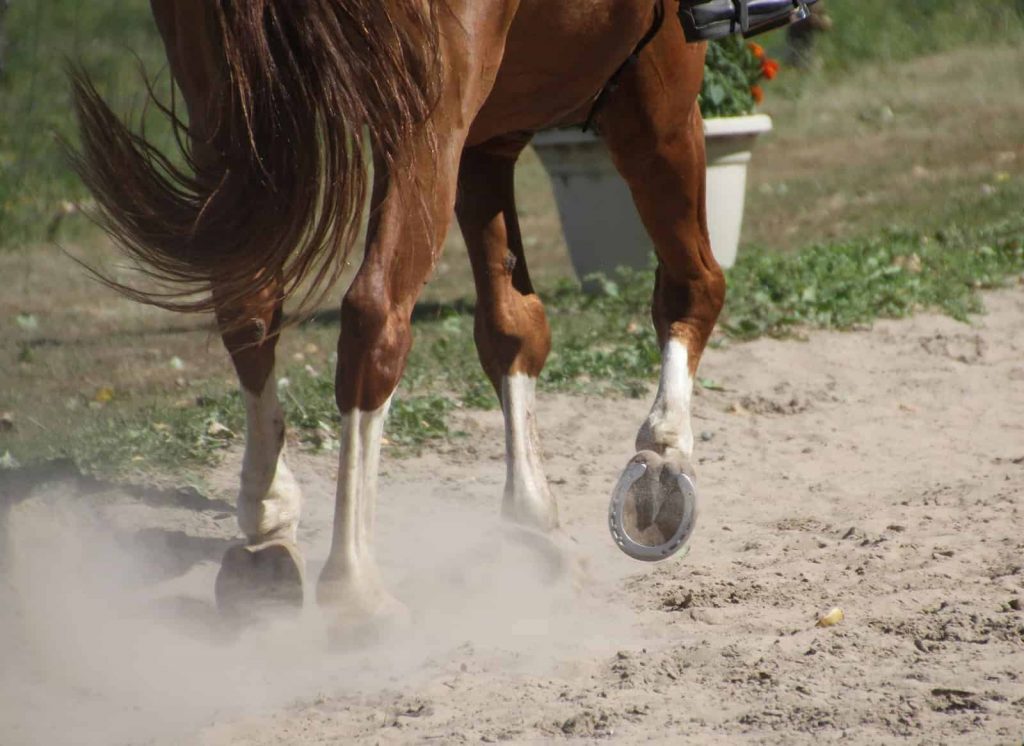
What Type of Hay Should I Feed My Horse with PPID?
One equine nutritionist explains how you can make sure your PPID horse’s hay is safe for him to eat.

One equine nutritionist explains how you can make sure your PPID horse’s hay is safe for him to eat.

Learn how smart trimming and shoeing techniques can help arthritic horses.

With much research surrounding how to feed “abnormal” horses, how can we feed “normal” horses to avoid disease? One expert weighs in.

New study results lead researchers to believe differences in ACTH concentrations between breeds are significant to diagnostic testing for PPID.

Many factors—most importantly, season—can influence which PPID test your veterinarian performs and how he or she interprets it.

One equine nutritionist explains how to ensure your horse’s diet does not contain dangerous levels of sugar.

Should you consider purchasing a horse with arthritis? An equine researcher explains the risk.

Learn why horses with ID might be more likely to develop other conditions such as laminitis and what you and your vet can do to prevent and treat them.

Dr. Robert Jacobs describes the potential effects of long-term NSAID use on the horse’s gut microbiome.

Our equine nutrition expert offers a reader advice on how to feed a thin horse with a history of laminitis without causing another bout of the disease.

The primary factors that influence equine Cushing’s test selection are season and severity and number of clinical signs.

Experts answer common questions about this crippling condition that affects horses of all breeds, disciplines, and ages.

Commonly known as “heaves,” equine asthma is a serious condition that requires proper diagnosis, management, and often treatment.

Early diagnosis and appropriate management, including pergolide, can help improve PPID horses’ quality of life. Learn more in this free download, sponsored by Boehringer Ingelheim.

Study findings suggests a biomarker found in horses’ saliva can reveal the level of stress on a horse’s bones and joints during work.

Learn how to help your horse shed his excess pounds safely.
Stay on top of the most recent Horse Health news with
"*" indicates required fields